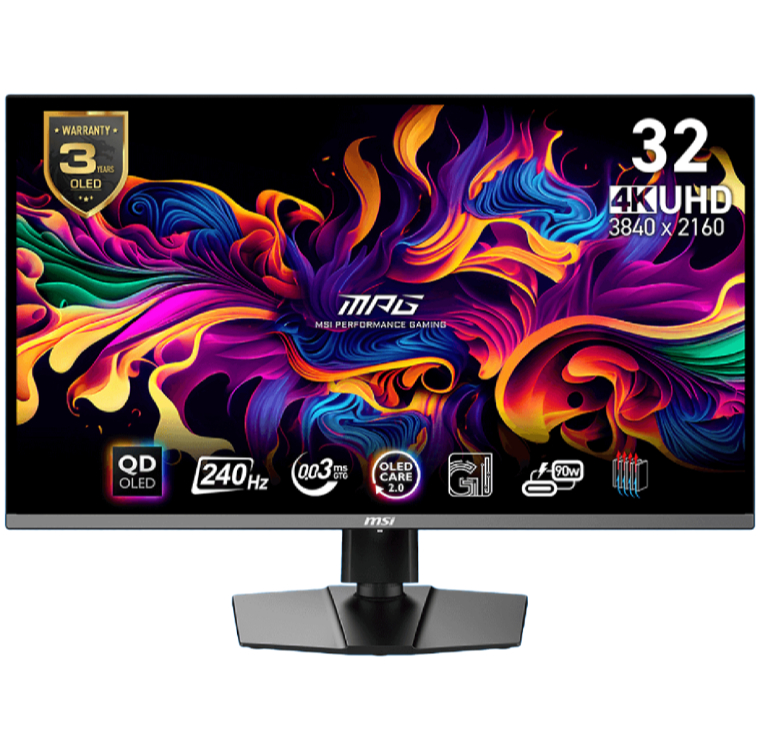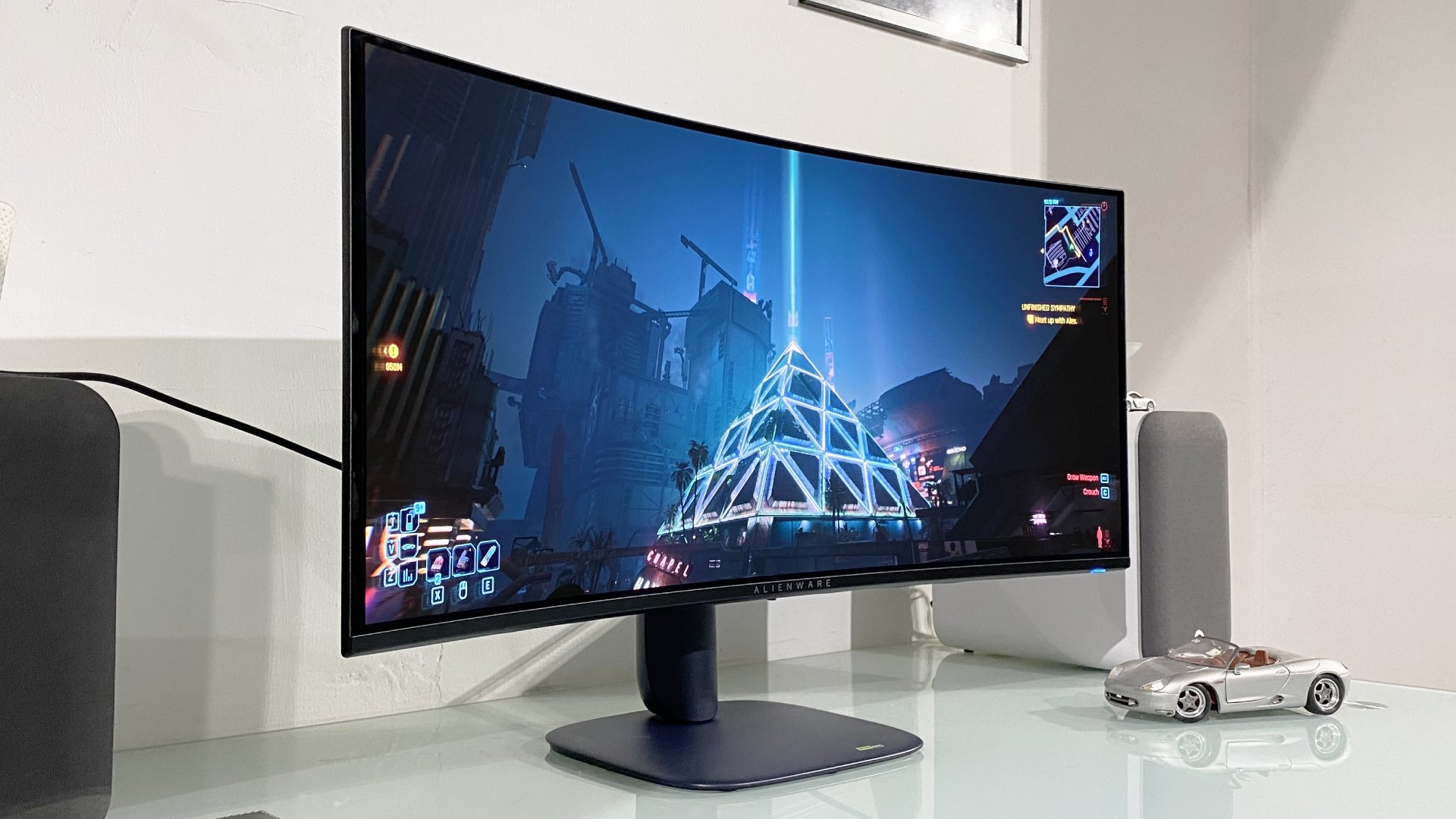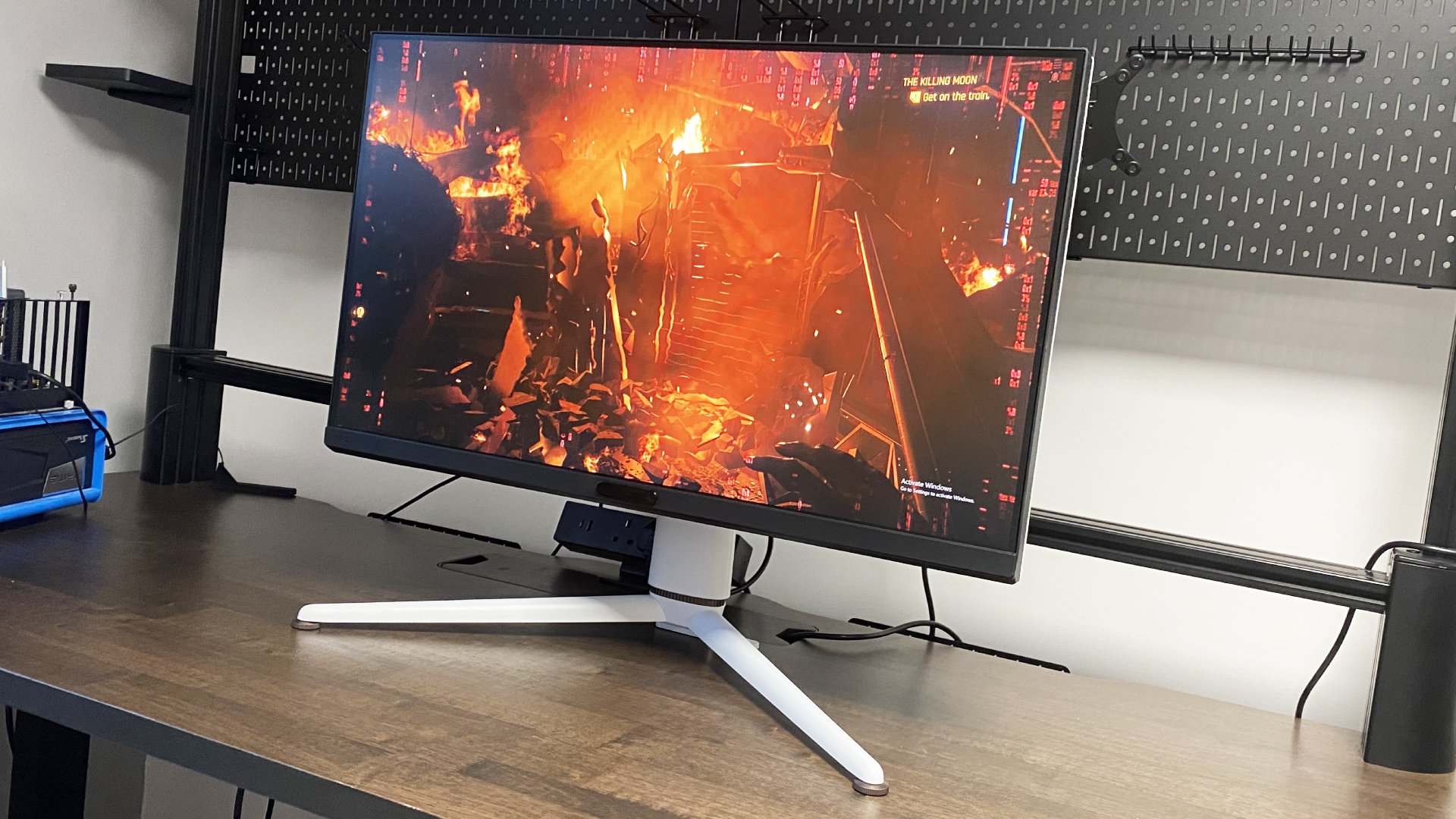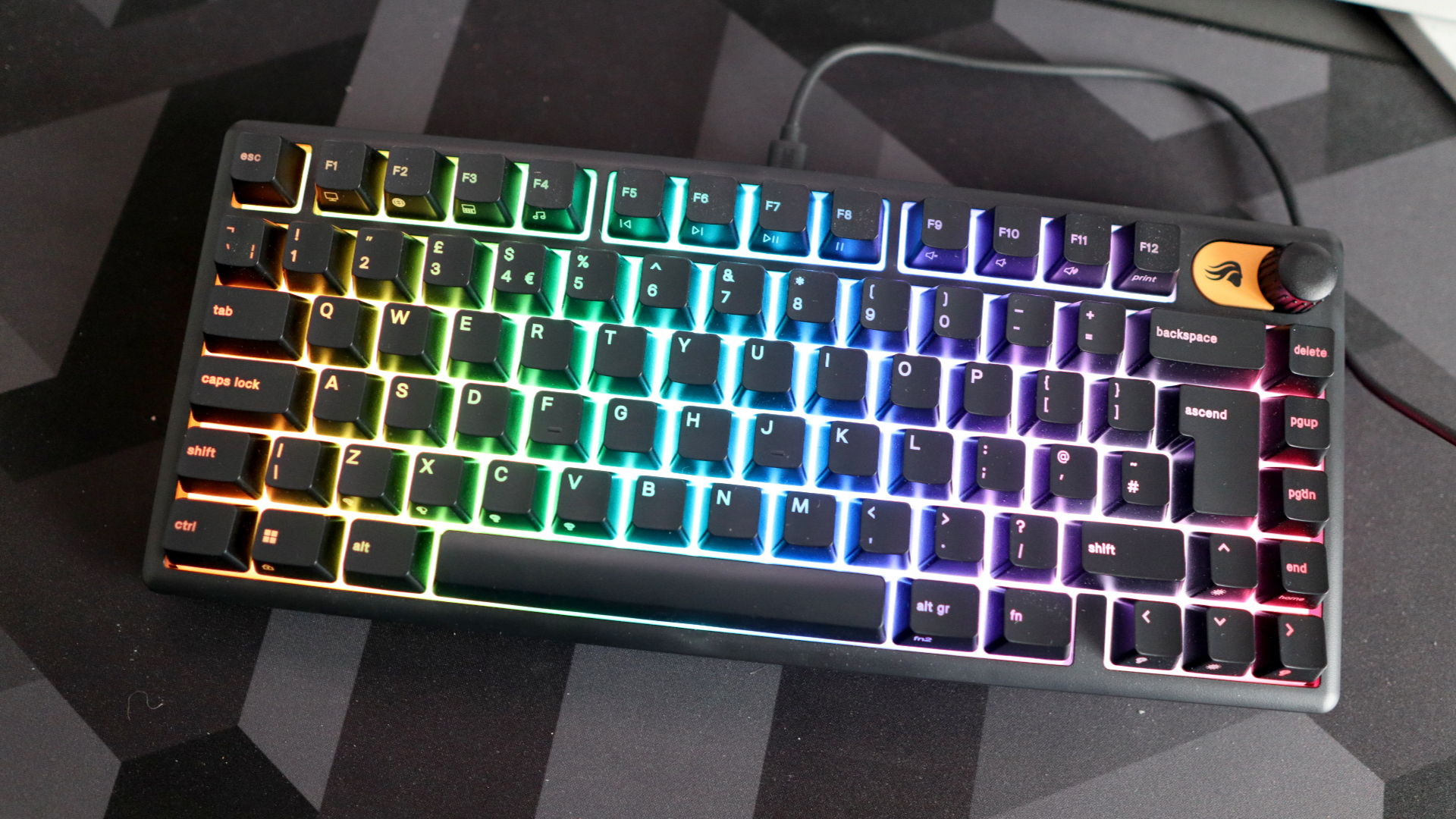Reports of OLED's death are greatly exaggerated and it's not about to be replaced by RGB mini-LED displays
For now, nothing else can do the per-pixel lighting thing.
Apparently, rumours are going round along the lines that OLED is toast and will soon be replaced by RGB mini-LED. Well, Caleb Denison of CalebRated is here to tell you that's not gonna happen. And I'm here to tell you Caleb is right.
According to Caleb in a video posted today, the story increasingly goes that OLED is running out of time and will soon be replaced by RGB mini-LED technology. In part that's thanks to developments like Sony's decision to drop its top rung OLED TV in favour of RGB mini-LED tech and also Samsung's similar micro RGB TV tech.
This narrative is likewise driven by the idea that OLED is difficult and expensive to make, which it is, and that consumers are increasingly preferring larger and larger TVs, which they are. That cost problem for OLED is only amplified as panel sizes increase. 85-inch plus OLEDs are crazy money.
At the same time, there's the OLED brightness thing, with full-panel brightness remaining a fraction of that achieved by LCD TV with LED backlights. Oh, and the whole burn-in fiasco.
Enter RGB mini-LED tech, which is being pitched as the next big thing. Bigger, brighter and plain just better than OLED. And exit OLED, right?
As Caleb points out, there is some substance to this narrative. But it doesn't actually add up. Yes, people want bigger sets, but there's a limit to that, especially outside of the US where homes tend to be smaller and the idea of 100-inch-plus sets becoming the norm is a little silly.
Moreover, the likes of Samsung has only recently invested billions in moving away from LCD tech to OLED for its TVs, despite that new micro RGB LCD technology. LG is also heavily, heavily invested in OLED. That isn't going to change overnight.
Keep up to date with the most important stories and the best deals, as picked by the PC Gamer team.
OLED panel tech is also fast improving when it comes to both brightness and burn in. The best OLED TVs today are about twice as strong for full-screen brightness compared to a few years ago.
But most of all, OLED has one really huge advantage that isn't going away. Caleb calls it micro contrast, I prefer per-pixel lighting. Either way, what it comes down to is the fact that OLED controls lighting on a per-pixel basis. Each pixel is its own entirely discrete light source.
All LCD tech, including those hot new RGB mini-LED sets, use an array of lights behind an LCD panel. When such TV makers make claims of thousands of lighting zones, it sounds superficially impressive. But even, say, 2,000 zones means that each zone is lighting up around 4,000 pixels on a 4K panel.
That creates all kinds of problems in terms of controlling the contrast between light and dark objects on the screen. Heck, even with 10 times as many zones, you'd still be looking at hundreds of pixels per zone and a distinct lack of precision.
Ultimately, peak brightness is a bit of a distraction in terms of subjective viewing quality. Perfect per-pixel lighting delivers much more benefit than, say, 2,000 nits versus 1,500 nits.
Of course, when it comes to the PC, OLED has another huge advantage: speed. OLED is literally an order of magnitude faster than LCD when it comes to response. LCD is not going to close that gap.
Of course, the PC generally gets TV's leftovers. If OLED dies in TVs, the argument is that there won't be a big enough market to justify production for monitors, regardless of OLED's advantages for the PC.
There may be some truth in that. However, OLED is also the display tech of choice for phones and there's no sign at all of any real alternative in that market. So, even if OLED's popularity in the TV market waned, and I don't think there's any indication that's about to happen, there's still another huge market for the technology.
All told, Caleb Denison almost certainly has this right. OLED isn't perfect, but it's ultimately far preferable to any of the existing LCD-based technologies and that's not going to change any time soon.
Indeed, if any technology might replace OLED in the long term, it's microLED. But that's a story for another day.

1. Best overall:
MSI MPG 321URX
2. Best 4K:
LG Ultragear 27GR93U
3. Best budget 4K:
Gigabyte M28U
4. Best 1440p:
Xiaomi G Pro 27i
5. Best budget 1440p:
Pixio PXC277 Advanced
6. Best budget 1080p:
AOC Gaming C27G4ZXE
7. Best Ultrawide:
Asus ROG Swift OLED PG34WCDM
8. Best 32:9:
Samsung Odyssey OLED G9
9. Best budget ultrawide:
ASRock Phantom PG34WQ15R2B
10. Best WOLED:
LG Ultragear 32GS95UE
11. Best 1440p OLED:
MSI MPG 271QRX
12. Best budget OLED ultrawide:
Alienware 34 QD-OLED
13. Best dual-mode:
Alienware AW2725QF

Jeremy has been writing about technology and PCs since the 90nm Netburst era (Google it!) and enjoys nothing more than a serious dissertation on the finer points of monitor input lag and overshoot followed by a forensic examination of advanced lithography. Or maybe he just likes machines that go “ping!” He also has a thing for tennis and cars.
You must confirm your public display name before commenting
Please logout and then login again, you will then be prompted to enter your display name.




